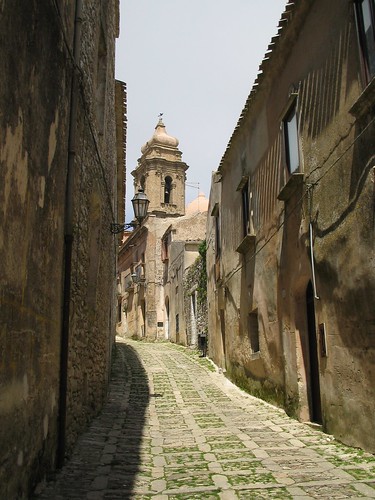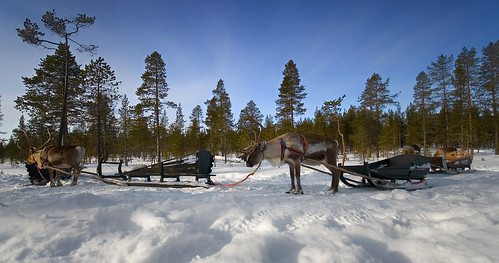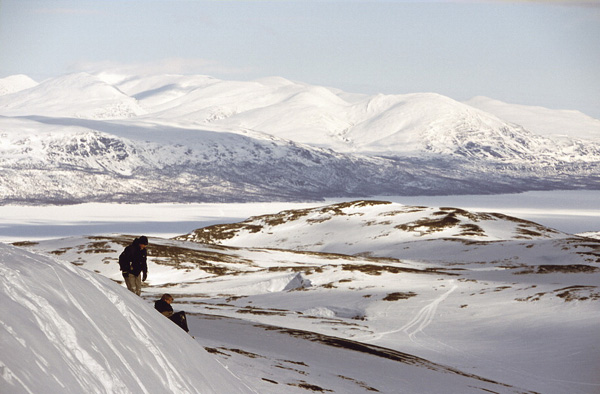lAyutthaya Khlong Sa Bua Floating Market and Water Theatre: This newly opened market, not far from Wat Na Phra Meru and the Elephant Kraal Pavilion, is open weekends and public holidays only from 10am to 5.30pm. Apart from food, the highlight is the Water Theatre where dancers perform such traditional folk tales as Phra Suthon & Manohra, Kraithong & Chalawan and Phra Aphaimanee in ankle-deep water. Buffet-style Thai food is available during the five daily shows that run from 11 am to 4.30pm. Admission to the theatre plus the Thai buffet is Bt159 per person and Bt99 for children while the theatre only costs Bt50.
Tuesday, January 11, 2011
A trip to Ayuthaya
lAyutthaya Khlong Sa Bua Floating Market and Water Theatre: This newly opened market, not far from Wat Na Phra Meru and the Elephant Kraal Pavilion, is open weekends and public holidays only from 10am to 5.30pm. Apart from food, the highlight is the Water Theatre where dancers perform such traditional folk tales as Phra Suthon & Manohra, Kraithong & Chalawan and Phra Aphaimanee in ankle-deep water. Buffet-style Thai food is available during the five daily shows that run from 11 am to 4.30pm. Admission to the theatre plus the Thai buffet is Bt159 per person and Bt99 for children while the theatre only costs Bt50.
Maldives Travel Guide is a happy for Holiday

Maldives is famous place among many as one of the best location in the world to spend their holidays. People rate Maldives so high not without any reason, but it is because Maldives really is one of the superb holiday locations in the world. Even at very first time you see the Maldives, you surely will fall in love with the small islands and its surroundings. Also the quality facilities and the services you get from the resort islands will leave memorable marks in your heart for sure.

Paradise awaits you... If your idea of paradise is a pristine tropical sland with swaying palm trees and pure white beaches surrounded by crystalline lagoons of varying shades of blue – then the Maldives Islands will definitely fit the bill.
Indeed, it is not without reason that the Maldives Islands has been described as ‘(the) flower of the Indies’ by Marco Polo and ‘one of the wonders of the world’ by Ibn Batuta.
It is no wonder that a large percentage of tourists who come to the Maldives Islands are repeat visitors – people who came once and fell so in love with the place that they simple had to come again. The beauty of Maldives is indeed addictive. Once you sample the heady mixture of secluded serenity, thrilling water sports activities, soothing spas, relaxing beaches all wrapped in the luxurious comfort of modern amenities – you are bound to want the experience again.
Sunny, unique and unspoiled, the islands of Maldives offers you sunshine, no matter what time of the year you decide to visit the Maldives – islands that are truly heaven on Earth.
Maldives Atolls
Maldives Islands is an archipelago comprising 1,190 low-lying coral islands scattered across the equator, in groups of 26 naturally occurring atolls which are divided into 20 for administrative purposes.
The atolls of Maldives are in fact part of a greater structure known as the Laccadives-Chagos Ridge, which stretches over 2000 kilometres. The islands of Maldives are very low lying with the highest point at approximately 8 feet above sea level. 'Faru' or ring-shaped reef structures form the atolls and these provide natural defense against wind and wave action, on the delicate Maldives islands.

An indication of the perfection of Maldives atoll structure is the fact that the word ‘atoll’ in the English Language – meaning ‘ring-shaped coral reef enclosing a lagoon’, is a borrowing from the Maldivian language ‘Dhivehi’.
Of the more than 2000 tropical islands that make the paradise that is Maldives, only about 200 are inhabited. Of the remaining islands about a 100 have been developed into exotic resort islands that offer tourists their own hideaway – hidden away from all the hectic hustle and bustle of city life.
The capital of Maldives – Malé, the seat of government and the centre of trade, commerce, business, health and education, is located in the middle of the atoll chain, a small island buzzing with the sounds and activities of more than 150,000 people which is more than one third of the population. Malé is perhaps the smallest urban capital in the whole world.
Where is Maldives
The Maldives lies between latitudes 4 degree 17 North and longitudes 73 degree 50 East – a position where there is an abundance of sun all throughout the year, every year. The Maldives has always been a popular destination for travelers, especially seafarers because of its prime position en route to many trade destinations.
The total area of 90,000 square kilometers over which the islands of Maldives are spread, consists of sparkling sun-kissed beaches, palm-fringed islands, crystalline lagoons studded with multi-coloured corals and warm, azure seas with exotic marine life – a mesmerizing mixture that remains the same throughout the year, continue to enthrall visitors from far and wide.
Map of Maldives

Map of the Maldives. Maldives is located below India.
Where to go on holiday in January











Monday, June 28, 2010
An active volcano of great appeal awaits travellers to Surabaya in Indonesia













